The 20th century was a transformative period in the world of jewelry design. It saw the emergence of designers whose creations have become timeless symbols of elegance, innovation, and luxury. This article highlights some of the most iconic jewelry designers of the 20th century, whose influence continues to shape the industry today.
1. Cartier: The Jeweler of Kings
Founded in Paris in 1847, Cartier became known as “the jeweler of kings and the king of jewelers.” The brand’s ascent to global fame in the 20th century was driven by its exceptional craftsmanship and innovative designs. Cartier introduced the world to the “Tutti Frutti” style in the 1920s, a vibrant mix of colored gemstones inspired by Indian jewelry. Another iconic creation is the “Love Bracelet,” designed in 1969 by Aldo Cipullo, which remains a symbol of everlasting love and commitment. The brand’s royal clients, including the Duchess of Windsor and Maharaja of Patiala, further cemented Cartier’s status as a leading jewelry house.
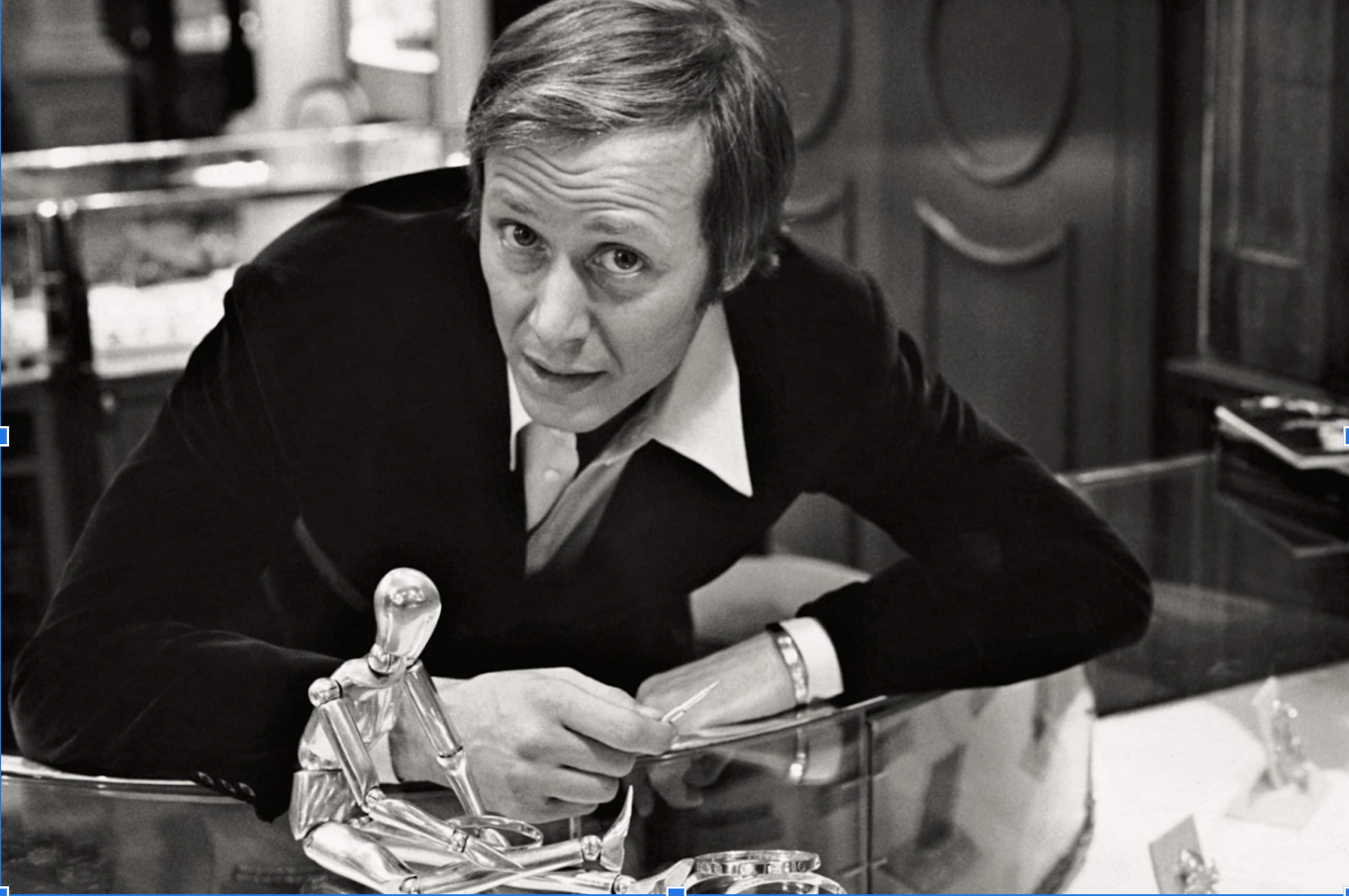
2. Harry Winston: The King of Diamonds
Harry Winston, often referred to as the “King of Diamonds,” revolutionized jewelry design by focusing on the gemstone itself rather than the setting. Founded in New York in 1932, the Harry Winston brand became synonymous with luxury and glamour, with clients ranging from Hollywood stars to royalty. Winston was the mastermind behind the acquisition and transformation of some of the world’s most famous diamonds, including the Hope Diamond. His ability to create breathtaking pieces that showcased the natural beauty of diamonds set a new standard in the industry.
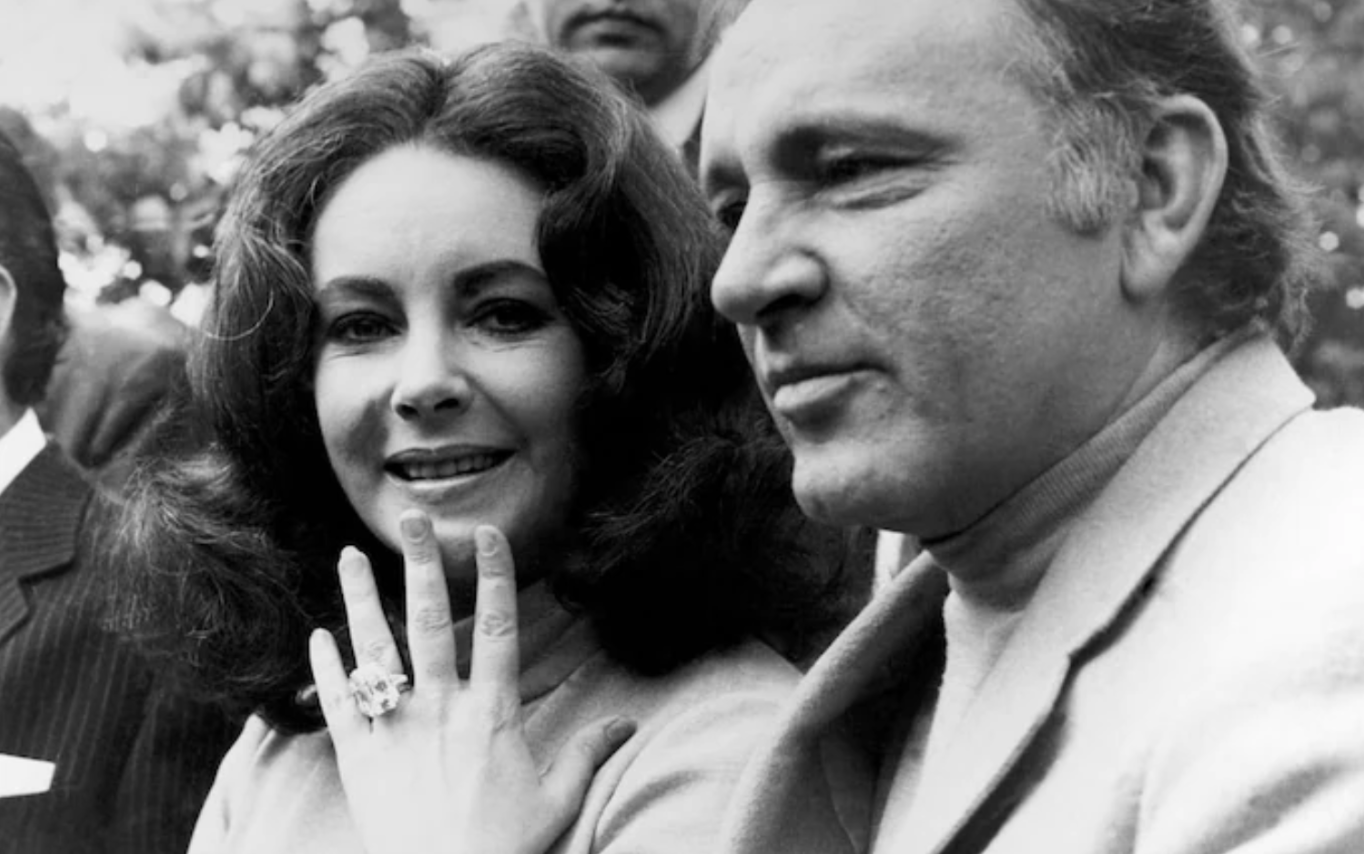
3. Van Cleef & Arpels: The Innovators of Mystery Setting
Van Cleef & Arpels, established in Paris in 1906, became famous for its innovative designs and exquisite craftsmanship. One of the brand’s most significant contributions to jewelry design is the “Mystery Setting,” a technique patented in 1933 that allows gemstones to be set without visible prongs or metal. This innovation resulted in pieces that appeared as seamless mosaics of gemstones. The brand’s “Alhambra” collection, introduced in 1968, with its signature clover motif, is another timeless design that remains highly sought after. Van Cleef & Arpels’ creations are celebrated for their elegance, creativity, and technical mastery.
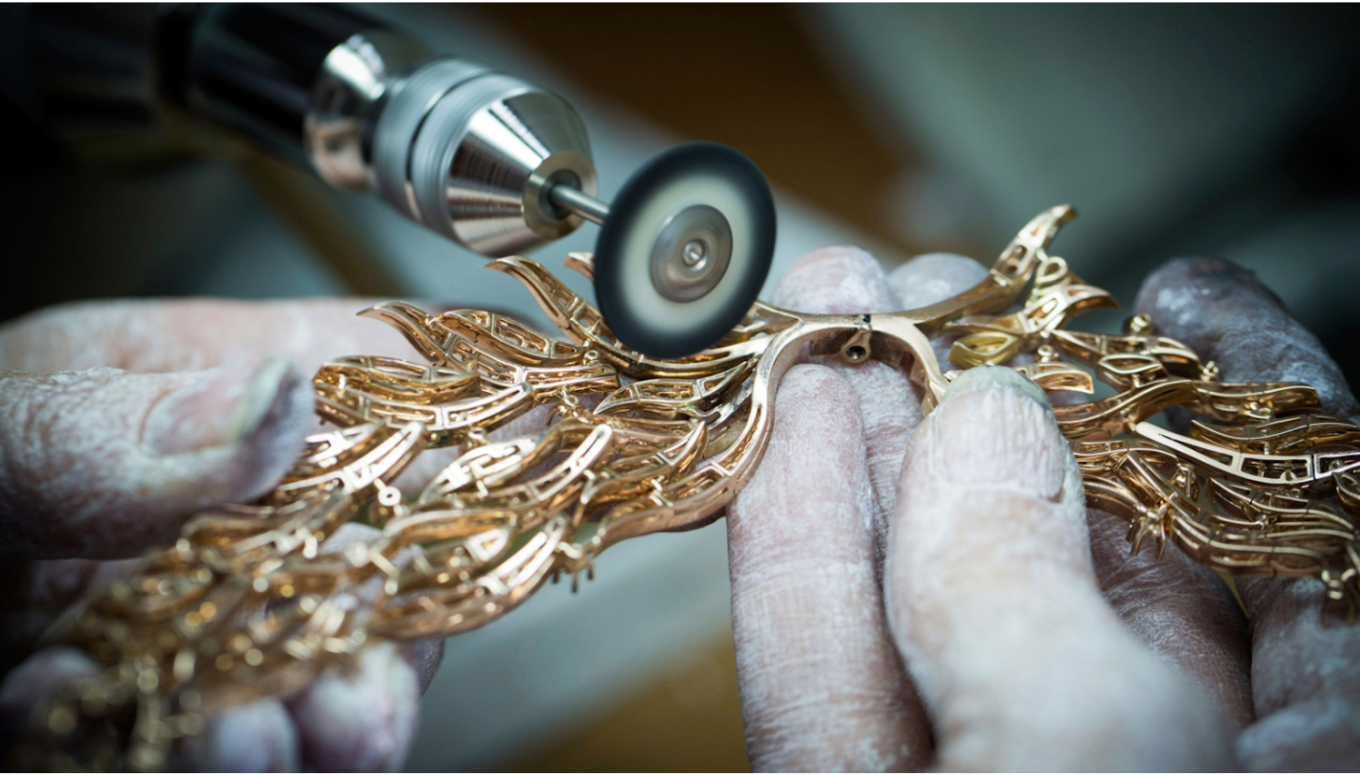
4. Tiffany & Co.: The Purveyors of American Elegance
Founded in 1837 by Charles Lewis Tiffany, Tiffany & Co. became an iconic American jewelry brand in the 20th century, thanks to its commitment to exceptional quality and innovative designs. The brand’s influence grew under the leadership of Louis Comfort Tiffany, who introduced the world to his “Tiffany Studios” and popularized the use of stained glass in jewelry. Tiffany & Co.’s engagement rings, particularly the “Tiffany Setting,” introduced in 1886, became the ultimate symbol of love and commitment. The brand’s signature blue box is recognized worldwide as a symbol of luxury and elegance.

5. David Webb: The Master of Bold Designs
David Webb, an American designer who launched his eponymous brand in 1948, is celebrated for his bold, sculptural designs that often drew inspiration from ancient cultures and nature. Webb’s use of vibrant enamels, textured gold, and intricate motifs made his creations stand out in a market dominated by more traditional designs. His animal-themed bracelets, adorned with gemstones and enamel, became particularly iconic. Webb’s innovative approach to design attracted a devoted following among celebrities and socialites, establishing him as a key figure in 20th-century jewelry design.

6. Bulgari: The Pioneers of Italian Glamour
Bulgari, founded in Rome in 1884, brought Italian glamour to the forefront of the global jewelry scene in the 20th century. The brand became famous for its bold use of color, combining vibrant gemstones like emeralds, sapphires, and rubies in striking designs. Bulgari’s “Serpenti” collection, featuring serpent-shaped jewelry that wraps around the wrist or neck, became a symbol of the brand’s innovative spirit. The “Parentesi” collection, inspired by Roman architecture, also became a signature design. Bulgari’s ability to blend classical elegance with modern flair made it a favorite among the Hollywood elite.
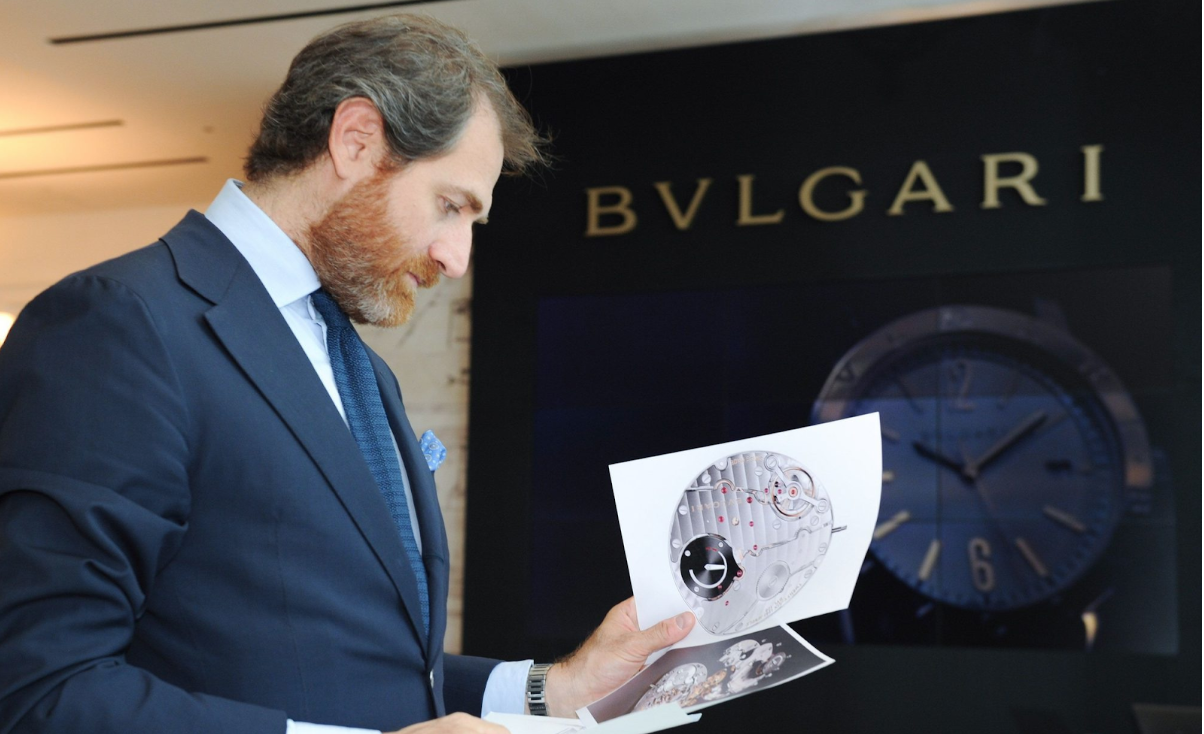
7. Jean Schlumberger: The Visionary Artist
Jean Schlumberger, a French jewelry designer, gained fame for his extraordinary creativity and artistic vision. He joined Tiffany & Co. in 1956, where he created some of the brand’s most iconic pieces. Schlumberger’s designs were known for their whimsical, nature-inspired motifs, often featuring intricate representations of animals, flowers, and sea creatures. His “Bird on a Rock” brooch, featuring a bird perched on a massive gemstone, is one of his most famous creations. Schlumberger’s ability to transform nature into wearable art made him one of the most celebrated designers of the 20th century.

8. Verdura: The Designer of Timeless Elegance
Fulco di Verdura, an Italian duke turned jewelry designer, began his career working for Coco Chanel before launching his own brand in 1939. Verdura’s designs were characterized by their bold use of color, intricate details, and a blend of classic and modern elements. His most iconic creation is the “Maltese Cross” cuff, designed for Chanel, which remains a timeless symbol of luxury and sophistication. Verdura’s ability to blend traditional motifs with contemporary design made him a favorite among high society and Hollywood stars.
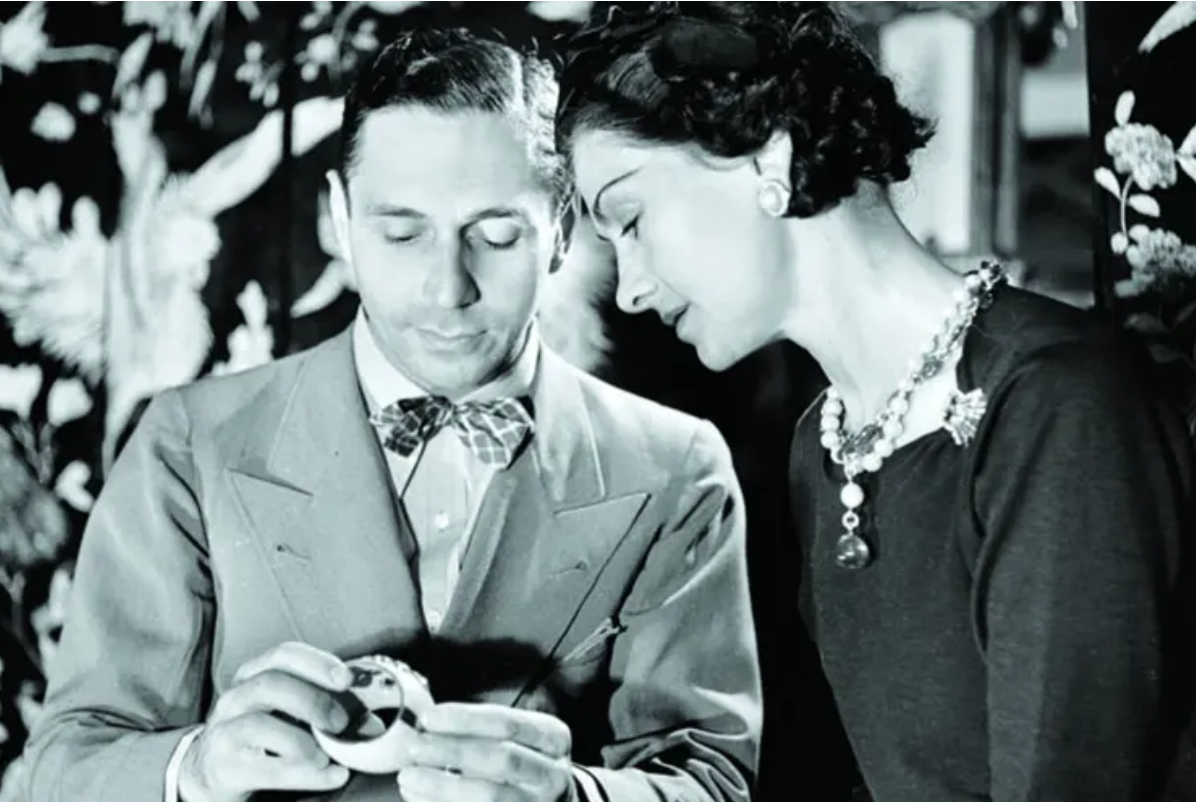
9. Elsa Peretti: The Minimalist Innovator
Elsa Peretti, an Italian designer, revolutionized the jewelry world with her minimalist and organic designs. She joined Tiffany & Co. in 1974, where she introduced her iconic “Bone Cuff” bracelet and “Open Heart” pendant. Peretti’s designs were celebrated for their simplicity, elegance, and wearability. She often drew inspiration from nature, creating pieces that were both timeless and modern. Peretti’s ability to create luxurious yet accessible jewelry made her one of the most influential designers of the late 20th century.

10. Georg Jensen: The Master of Scandinavian Design
Georg Jensen, a Danish silversmith and designer, founded his brand in 1904, but it was in the 20th century that his designs gained international acclaim. Jensen’s jewelry was characterized by its organic, flowing lines and use of silver, a metal that was often overlooked by other luxury designers. His designs were heavily influenced by the Art Nouveau movement, with a focus on nature-inspired motifs and craftsmanship. Jensen’s ability to create elegant and timeless pieces that emphasized form over ornamentation made him a pioneer of Scandinavian design.
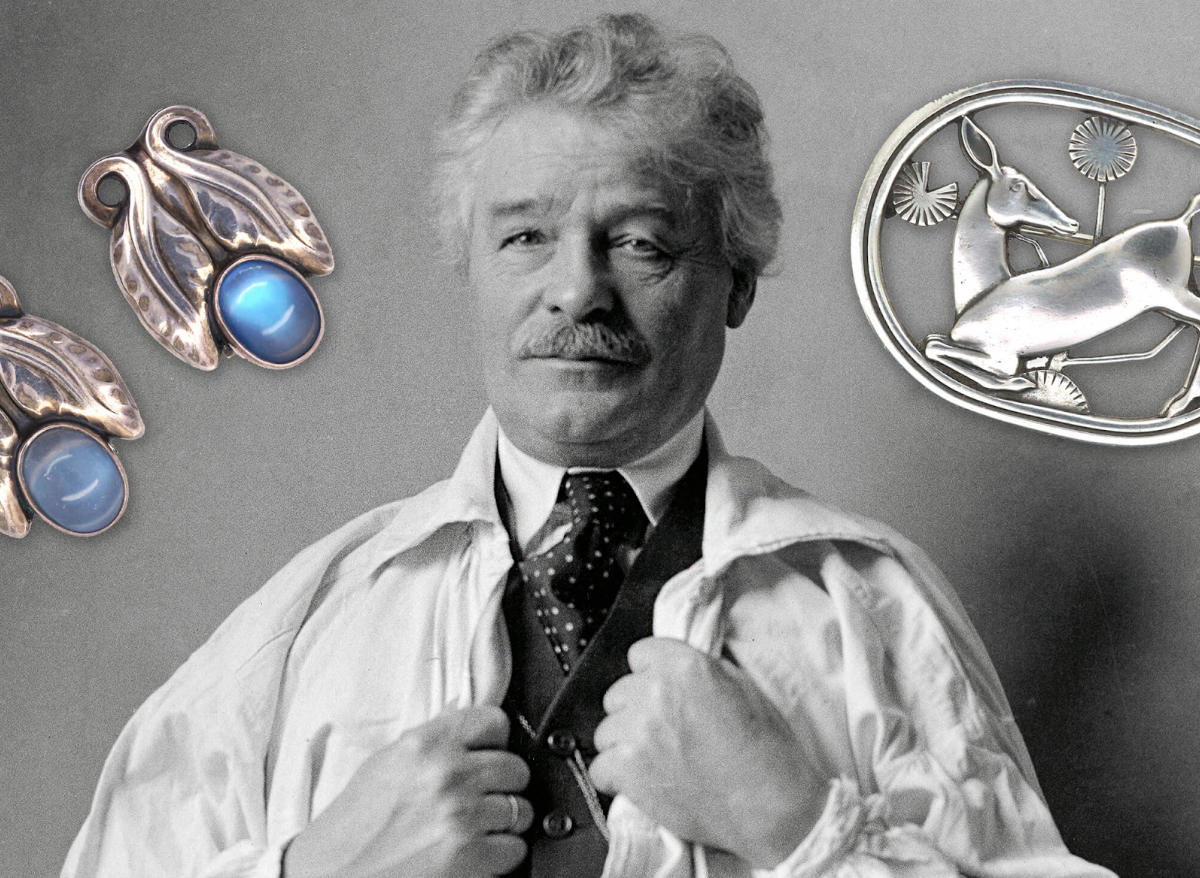
The 20th century was a golden era for jewelry design, with designers who pushed the boundaries of creativity and craftsmanship. From the bold innovations of Cartier and Van Cleef & Arpels to the minimalist elegance of Elsa Peretti, these iconic designers have left an indelible mark on the world of jewelry. Their creations continue to inspire and captivate, ensuring that their legacies endure well into the 21st century.
